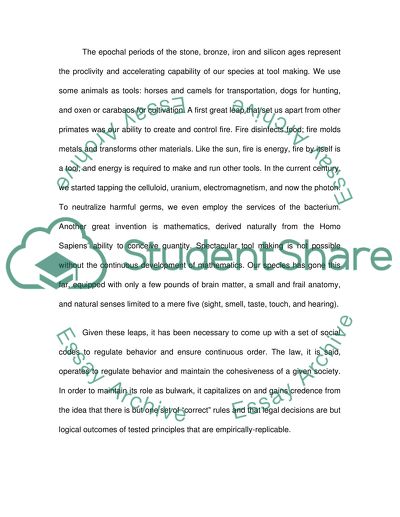Cite this document
(“Technology and Network Essay Example | Topics and Well Written Essays - 2000 words”, n.d.)
Technology and Network Essay Example | Topics and Well Written Essays - 2000 words. Retrieved from https://studentshare.org/technology/1528258-technology-and-network
Technology and Network Essay Example | Topics and Well Written Essays - 2000 words. Retrieved from https://studentshare.org/technology/1528258-technology-and-network
(Technology and Network Essay Example | Topics and Well Written Essays - 2000 Words)
Technology and Network Essay Example | Topics and Well Written Essays - 2000 Words. https://studentshare.org/technology/1528258-technology-and-network.
Technology and Network Essay Example | Topics and Well Written Essays - 2000 Words. https://studentshare.org/technology/1528258-technology-and-network.
“Technology and Network Essay Example | Topics and Well Written Essays - 2000 Words”, n.d. https://studentshare.org/technology/1528258-technology-and-network.


